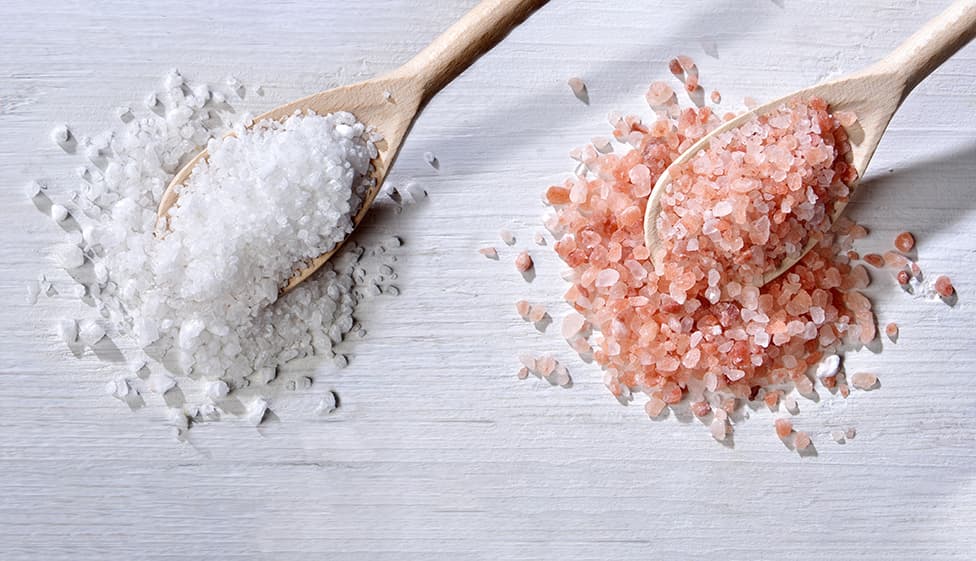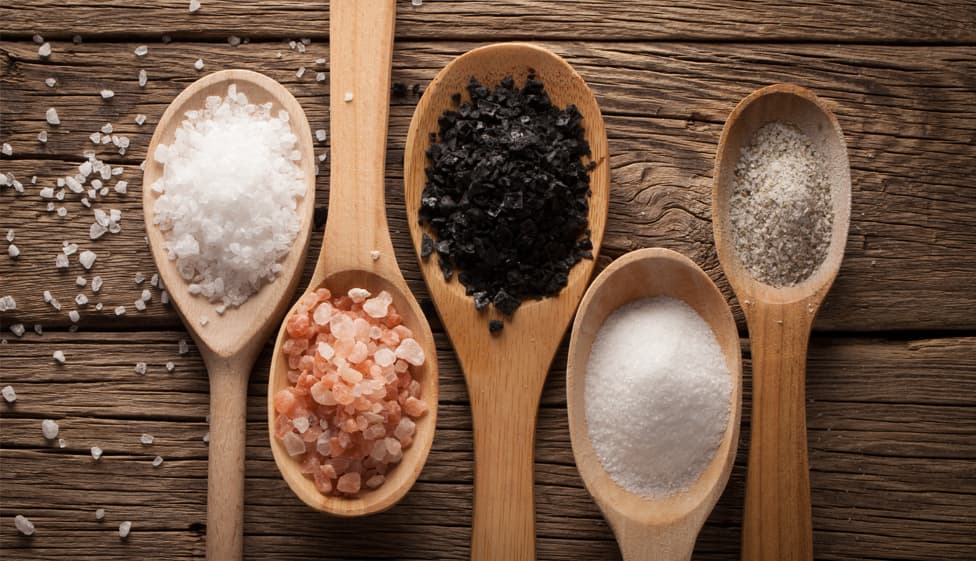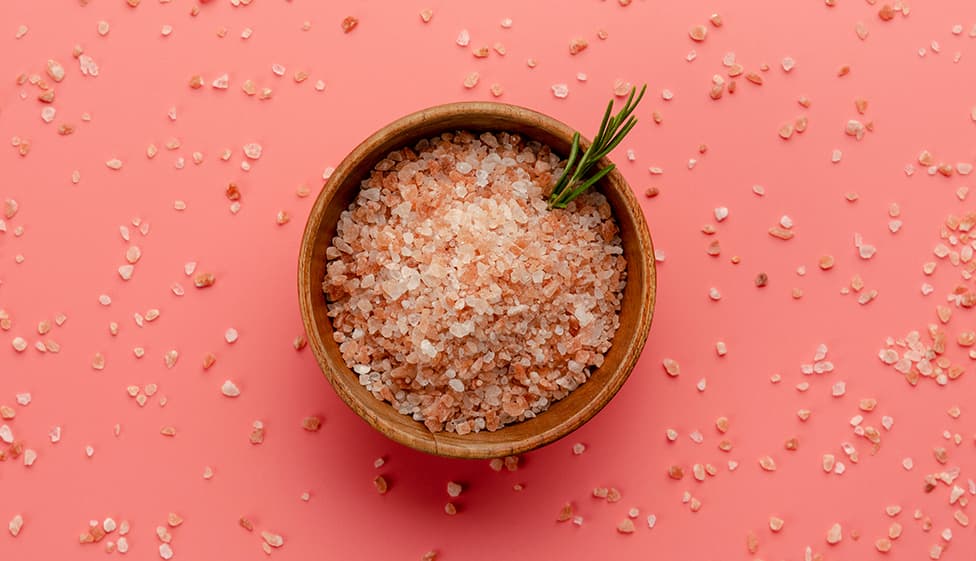Salt is an essential ingredient that humans use in every meal all around the world. Saltiness is among the five basic human taste senses. People extract it from seawater after evaporation. People can obtain it from self-built evaporation ponds or by mining it from rocks.
One of the most commonly used rock salt is pink salt, also known as Himalayan salt. We can obtain it from the remnants of the 600 million-year-old crystallized sea beds.
However, it is not as common as regular salt, which is also known as table salt. People use it daily and it’s available for purchase in stores.
Today, we will compare both these types of salt to see how they differ from each other in:
- Extraction
- Production
- Color
- Amount of sodium
- Taste
- Impact on health
Extraction
Miners extract pink salt from the rocks of the Khewra Salt Range, Pakistan. In comparison, salt laborers extract the salt table salt or regular salt usually from the salt brines. Brine is a solution of salt and water.
Production
Food manufacturers produce salt to make it available for commercial purposes. The staff prepares salt in a way so that people can consume it for eating. They remove the trace minerals from the salt such as magnesium and calcium. They clean the salt with different chemicals to purify it and make it edible. This process is called refining salt.
To remove iodine deficiencies, manufacturers add a solution of iodine to the salt. Manufacturers sell both refined salts and iodized salts.
The pink salt is unrefined. It contains impure trace minerals such as sodium chloride, potassium, magnesium, and calcium. These minerals are essential for human health. It retains the originality of the pink salt in its natural form. Manufacturers often purify pink salt with chemical processes but it removes the original effect.
Color
People often ask, “Why is Pink salt, well, pink?” The color of the Himalayan salt is pink due to the trace minerals found in it such as magnesium, potassium, copper, iron, and calcium. It can be of white color or have pinkish shades in it. But the pink color is predominantly visible in it.
While there are many variations of table salt, the regular salt which we usually consume is of white color. Salt is naturally white or transparent due to being a crystal. However, some companies use chemical compounds like titanium dioxide to whiten salt.
Amount of sodium
Salt is a combination of the chemical ions sodium (Na) and chloride (Cl), collectively making it sodium chloride (NaCl). So, sodium is an essential part of salt. According to the U.S. Department of Agriculture, salt contains 2326 milligrams of sodium per teaspoon.
We can further explain it to you with a study of WebMD which states that the fortified table salt contains 2360 milligrams of sodium per teaspoon. Doctors suggest not to consume salt of more than 2300 milligrams per day. Comparatively, a teaspoon of pink salt contains 1680 milligrams of sodium. The amount of sodium in pink salt is three times less than the white salt. However, pink salt has so many other minerals alongside sodium.
Taste
The sensation of tasting salt is called saltiness. Cleveland Clinic research explains that the usage of salt and sugar increases the craving for food among consumers.
Both the pink salt and the regular salt have saltiness in them. However, according to research by Medical News Today, pink salt is saltier than regular salt. It sometimes produces some feeling of bitterness due to the presence of iron.
According to research by LM Bartoshuk, C Murphy, and CT Cleveland, table salt differs as it sometimes produces feelings of bitterness, sweetness, and sourness.
Impact on health
There has been widespread research on the impact that both these salts have on human health. Due to the refining of the regular salt, the chemicals used in this process are poisonous to health and can cause several issues such as:
- High blood pressure
- Heart, kidney, and liver problems
The pink salt if consumed in its natural form without refining can:
- Remove the poisonous substances from our body
- Lessen the risk of blood pressure issues
- Improve digestion




